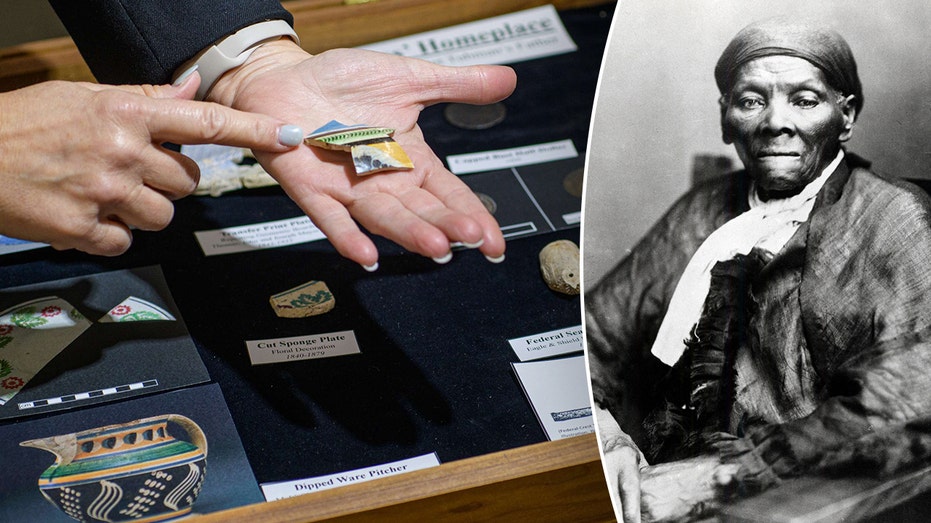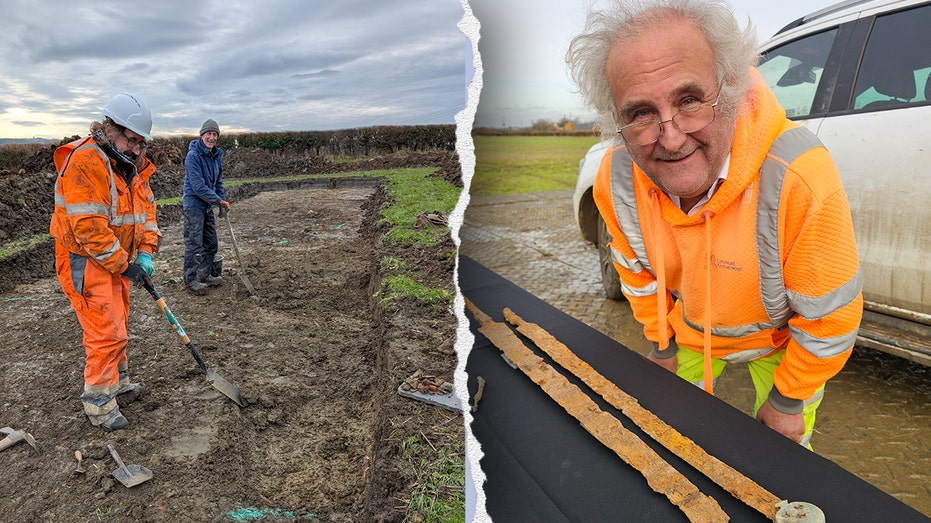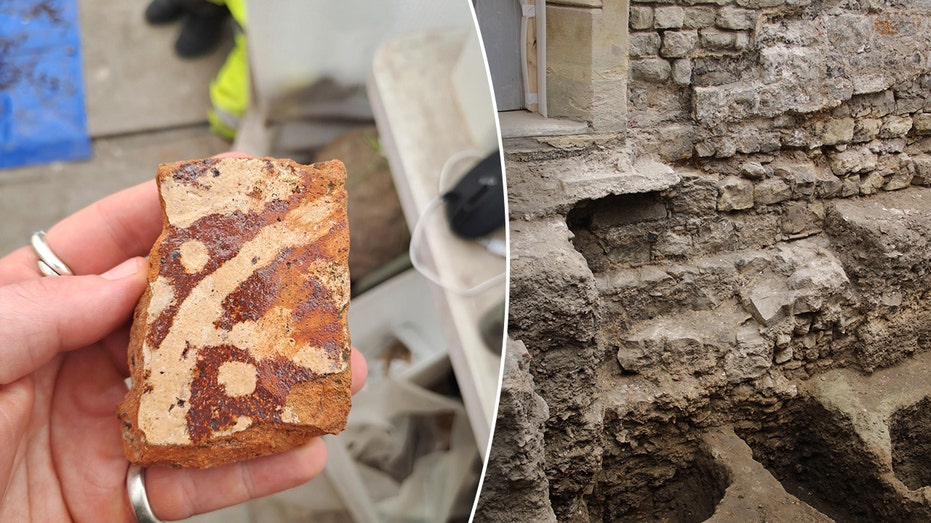Archaeologists Unearth Rare Artifacts Beneath Harriet Tubman's Family Home

Sarah Johnson
March 12, 2025
Brief
Archaeologists in Maryland have uncovered rare artifacts at Harriet Tubman's father's home, offering new insights into Tubman's family life and history in the Blackwater National Wildlife Refuge.
Archaeologists in Hanover, Maryland, have uncovered rare artifacts linked to the legendary American abolitionist Harriet Tubman. The excavation, spearheaded by the Maryland Department of Transportation (MDOT), took place at the site of Tubman’s father, Ben Ross’ home, offering a peek into the life of one of history’s most iconic freedom fighters.
"Pieces of plates, pitchers, bowls, and more found at the site of Harriet Tubman's father's home give us more insight into how the family lived 200 years ago," MDOT Secretary Paul Wiedefeld shared in a press release. It's the kind of discovery that makes history feel a little closer—and, let’s be honest, who doesn’t find the idea of uncovering everyday items from centuries ago kind of magical?
The home is located deep within the wetlands of the Blackwater National Wildlife Refuge, established in 1933 as a haven for migratory birds. Archaeologists first identified the site in 2021, using historical documents to pinpoint its location. They had to dig through one thousand holes along a historic road before stumbling upon a key clue: an 1808 coin and fragments of 19th-century ceramics. Talk about patience paying off!
Further digging unearthed outlines of bricks, window glass, and nails, all pieces of a puzzle that paint a vivid picture of life back in Tubman’s teenage years when she lived there with her father.
The Blackwater National Wildlife Refuge itself boasts more than 20,000 acres open for public enjoyment, including five miles of hiking trails and 17 miles of paddling trails. But don’t grab your hiking boots just yet—the excavation site isn’t publicly accessible. Thankfully, MDOT has created a virtual museum, allowing history buffs to explore 3D models, photographs, and artifacts complete with detailed descriptions.
Harriet Tubman, of course, is celebrated for leading over 70 individuals to freedom through the Underground Railroad network. Between 1858 and 1859, she reportedly rescued 50 to 60 people in eight or nine daring trips. Her final mission in December 1860 brought seven more people to safety. The National Park Service recounts these extraordinary efforts in meticulous detail, preserving her legacy as one of the most courageous figures in American history.
While the artifacts discovered may seem like humble fragments, they add another layer to the story of Tubman and her family—a reminder that even the smallest pieces can tell the biggest tales.
Topics
Editor's Comments
The fact that archaeologists dug through one thousand holes before finding anything is both impressive and a little heartbreaking—it’s like history playing hard to get. Also, who knew a tiny coin could lead to uncovering such a significant site? It’s a reminder that persistence often pays off, even when the odds seem stacked against you.
Like this article? Share it with your friends!
If you find this article interesting, feel free to share it with your friends!
Thank you for your support! Sharing is the greatest encouragement for us.



